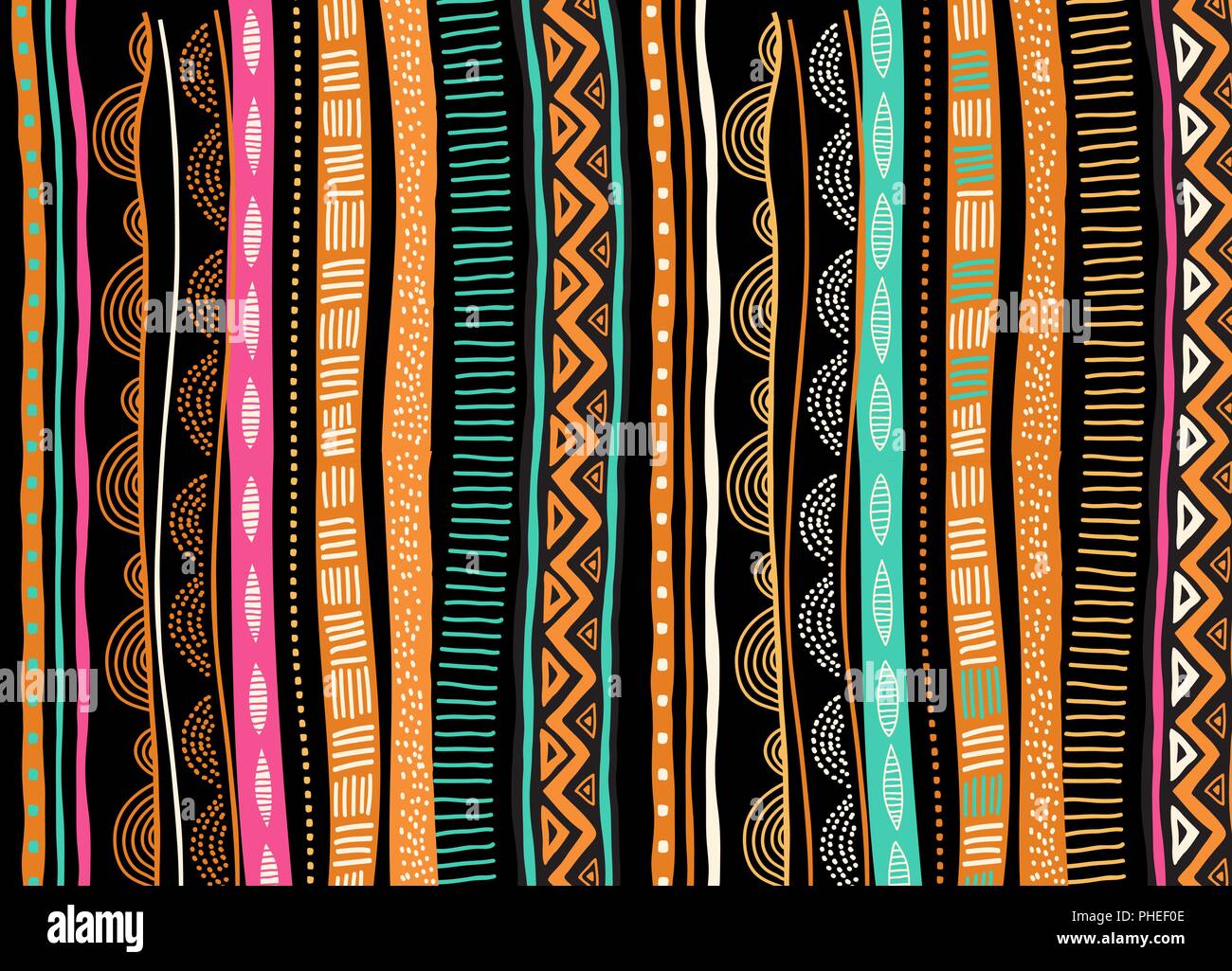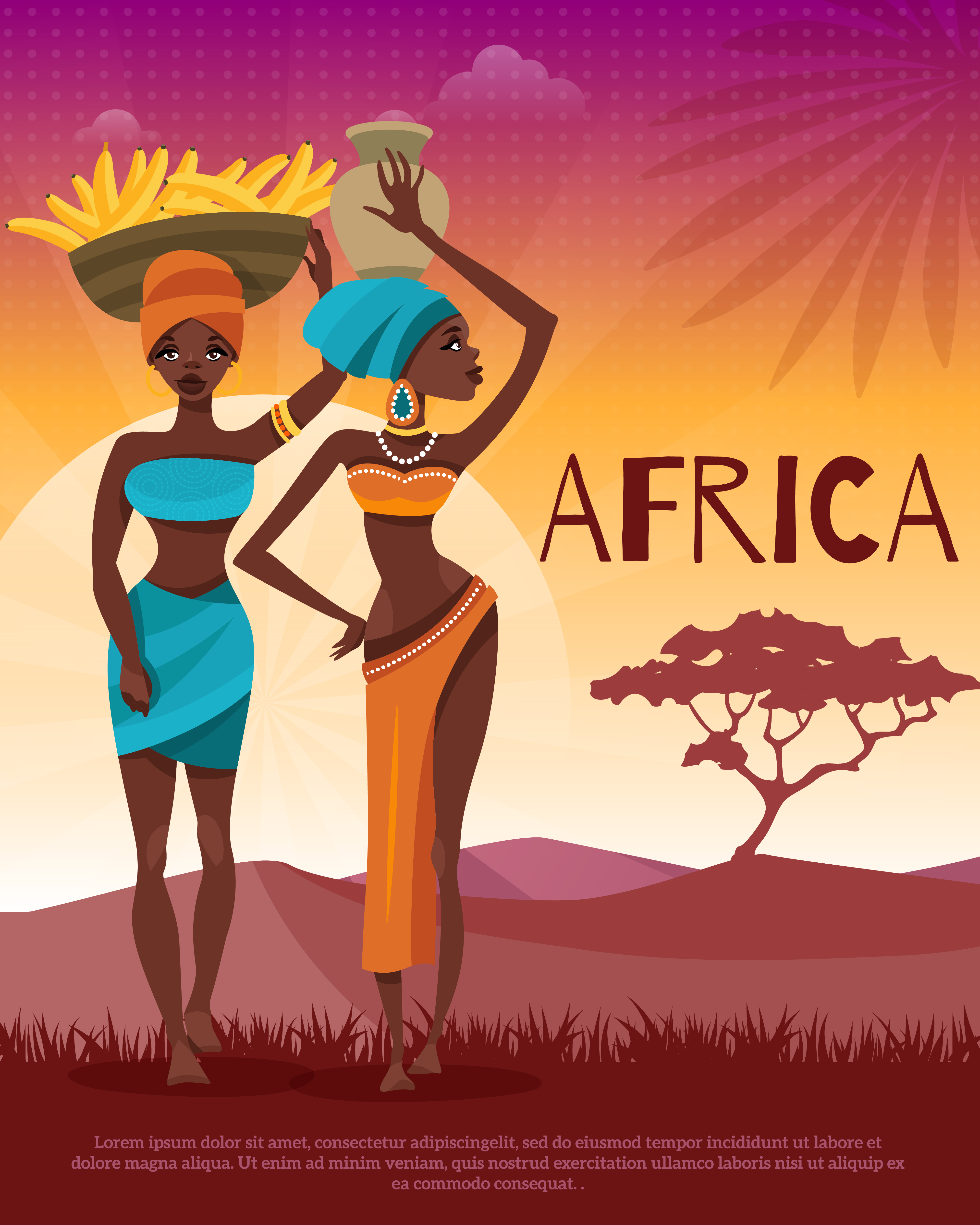Table Of Content
Although the market for contemporary design from Africa is led by European and American clients, both Fakhoury and Revert believe the number of local collectors is growing. “Some live abroad, others have returned to their country of origin and have purchasing power,” Fakhoury says. “Cheick Diallo introduced the idea of reinventing local savoir-faire in Africa in the 1990s with an intellectual, conceptual and rigorous approach,” says Pascale Revert, founder of 50 Golborne in London. Revert discovered Diallo’s work 15 years ago through her first gallery, Perimeter Art & Design in Paris, and is one of several collectible African design dealers, along with Southern Guild in Cape Town. At Collect, the International Art Fair for Modern Craft and Design in London, she presented Uganda’s Sanaa Gateja who makes mural beadworks, Nigerian ceramicist Ranti Bam and Senegalese furniture designer Balla Niang. In 2012, Nigerian architect Tosin Oshinowo became the founder and principal architect of Lagos practice cmDesign Atelier.
architects and designers that are championing afrofuturism
Orange Culture represents a movement that covers universal silhouettes with an African touch to a creative class of men. Translated into a heady mixture of Nigerian inspired prints, fabrics and contemporary urban street wear. Christie Brown pieces are specially crafted and designed to complement the amazing personalities and mirror the sensibilities of the African woman.
CPDI Africa Studio

Imagine a sleek, modern font paired with a subtle, intricately patterned background, or a classic emblem encased in a vibrant, traditional border. This approach creates a logo that is both timeless and trendy, appealing to a broad audience. Incorporating African patterns into your logo design is like adding a sprinkle of magic – it's a creative process that infuses your brand with the rich, vibrant essence of Africa. African patterns are more than just decorative; they are steeped in history and cultural significance, offering a wealth of inspiration for the imaginative designer. Let's explore five fun and effective ways to weave these beautiful patterns into your African logo design. Perhaps the most enchanting aspect of African logo design is its ability to tell a story.
From prison sentence to design excellence: How architect Luyanda Mpahlwa’s pioneering journey fuels social change in South Africa - CNN
From prison sentence to design excellence: How architect Luyanda Mpahlwa’s pioneering journey fuels social change in South Africa.
Posted: Fri, 01 Dec 2023 08:00:00 GMT [source]
History of African design
Red might represent blood, struggle, or earth; green could stand for growth, fertility, or the natural world; gold often denotes wealth, prosperity, or high status. When these colors are used in logos, they are not just pleasing to the eye but also communicate deeper, culturally-rooted messages. African scripts, like the beautiful and intricate Ge’ez script from Ethiopia or the ancient Egyptian hieroglyphs, offer a rich source of inspiration. In modern African logo design, these scripts are often stylized or abstracted to form unique visual elements.
EP 1: Curating an authentically African art story with Ruzy Rusike
News from Dezeen Events Guide, a listings guide covering the leading design-related events taking place around the world. Sent every Tuesday and containing a selection of the most important news highlights. AFRICA-DESIGN Barazas envision a community-driven series of regular events where members of the design community take the leading role to plan out and hold a baraza in their own style, generally within AFRICA-DESIGN’s mission. Africa as a whole is made up of many different and diverse cultures and has inspired many different fashions and music styles. African imagery can be seen a lot in black communities and Afro communities throughout the world, for example, Europe and North America. Oder said that the models created by Owens will not be delivered at the same time — they will be gradually completed and phased into the site over the next four years.
dezeen-logo
African designers acknowledge traditional craft and craftsmanship in contemporary designs. This places a focus on their heritage and traditions while remaining open to global influences and technology, and creates contemporary designs that take into account social sustainability and environmental sustainability needs of each region. Every color has a story, and in African logo design, you can use colors to narrate your brand’s story. Choosing the right colors for an African logo design is like picking the perfect spices for a delicious meal – it can transform something good into something extraordinary.

I think the stereotypical perception that people might have had about our design aesthetic is antiquated. “I live in a global world, and my inspiration is not limited to the continent,” she says. Africa is a continent rich in diverse landscapes, from the Sahara desert's golden sands to the lush greenery of the Congo rainforests. Drawing inspiration from these natural hues can give your logo an authentic African feel. Consider using earthy tones like browns, greens, and yellows to evoke the essence of the African environment. This approach not only adds a touch of nature to your design but also connects your brand to the continent’s vibrant ecosystem.
Story behind the Art: American Gothic
For centuries, African kingdoms generated wealth from trading natural resources with other Africans and later Arabs and Europeans. Similarly, rich agricultural societies of Central Africa and Southern Africa exchanged goods with the Portuguese since the 16th century. This wealth spurred local design and creativity across architecture, art, textiles, and other design forms.
Geometric Patterns from Tribal Art
African art is incredibly diverse, ranging from the geometric patterns of Moroccan tiles to the intricate beadwork of the Maasai. Incorporating elements like Adinkra symbols from Ghana, which each have a distinct meaning, or Ndebele patterns known for their vibrant colors and geometric shapes, can add depth and authenticity to your design. Remember, the key is to use these elements thoughtfully and respectfully, ensuring they align with the message and values of the brand. In many ways African style incorporation into spaces has elevated the spaces in many mediums. As for a designer to the end user a story to connect and visually relate to a space is very much important. African style of art has a great variety and colours to explore which have given designers to dive deep and experiment the variations in materials, textures to Colours.
Not to forget, we will also mention that you are actually free to look for reference options related to the design. And from that characteristic surgery, all can produce the African logo design. Don't forget that you will need special African ornaments to make its design and your masterpiece more African-related. This relates to your brand personality as well as in trying the amazing example of Africa and the African itself. If from the visual alone there is a bad impression, then it will be an additional task for the company owner to find a way to build a strong perception of what your African Company is about.
The Solar Decathlon Africa Design Challenge 2024 for young African innovators. – Opportunities For Africans - Opportunities For Africans
The Solar Decathlon Africa Design Challenge 2024 for young African innovators. – Opportunities For Africans.
Posted: Wed, 21 Feb 2024 08:00:00 GMT [source]
A good African design must be added with fonts and typographies that have to do with Africans. For example, the fonts we recommend are Bahnschrift, Cascadia, Harrington, Informal Roman, Maiandra, and also Niagara Solid. This African-based industry is not only yours, but there are many other types of industries that are doing the same. So you must determine in what market you will move to and compete with other competitors. Discover design brilliance and innovative concepts at Africa Interior Design Week & Awards and explore a world of creativity and connect with industry leaders.
Taking a slightly different tack, Jomo Tariku, an Ethiopian-American industrial designer, gleans ideas from the African continent in a quest to define a new language of contemporary furniture. Made from blackened wood with white motifs painted on the backrest, it resulted from deconstructing traditional African birthing chairs that are used in parts of Sub-Saharan Africa to provide support to pregnant women during childbirth. Founded in 2005, Studio Propolis, led by the husband-wife duo Bethan Rayner and Naeem Biviji, is a design studio now based in Warrington, United Kingdom, after previously operating in Nairobi, Kenya.

No comments:
Post a Comment